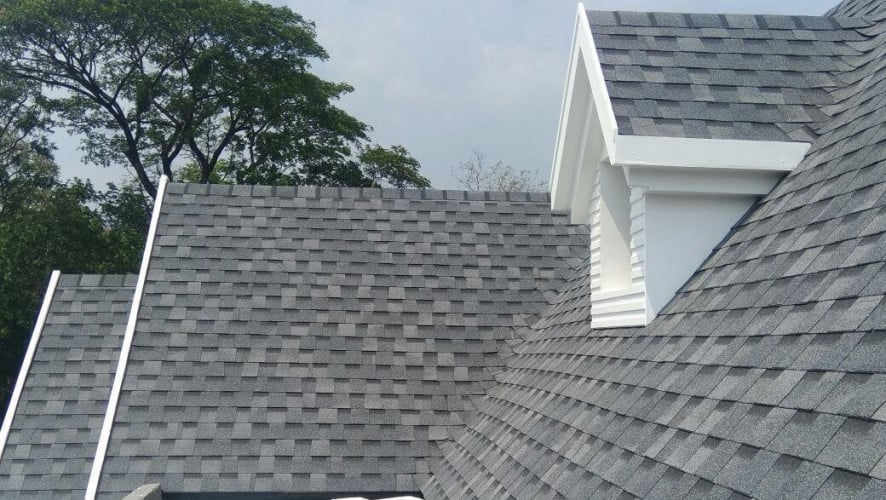Understanding Ventilation: Beyond the Basics
Ventilation, in the context of roofing, refers to the process of allowing air to flow freely within the attic or roof space. It involves the intake of fresh air from outside and the expulsion of stale air, moisture, and excess heat. This seemingly simple concept holds immense implications for the overall health and integrity of a roofing system.
Preserving Structural Integrity: The Foundation of Ventilation
At its core, ventilation plays a pivotal role in preserving the structural integrity of a building. Proper airflow helps mitigate the accumulation of moisture within the attic, thereby preventing mold growth, rot, and structural deterioration. By maintaining a balanced environment, ventilation safeguards the longevity of roofing materials and structural components, ultimately saving homeowners from costly repairs and replacements down the line.
Temperature Regulation: Cooling the Roofing Equation
One of the most immediate benefits of ventilation in roofing lies in temperature regulation. During hot summer months, attics can quickly become heat traps, reaching temperatures far higher than the exterior environment. Without adequate ventilation channels, this excess heat can permeate through the roofing materials, leading to premature aging and diminished performance. Proper ventilation allows for the efficient dissipation of heat, helping to keep the attic and roofing system within optimal temperature ranges and enhancing overall energy efficiency.
Moisture Management: Guarding Against Water Damage
Moisture infiltration poses a significant threat to roofing systems, compromising their integrity and inviting a host of issues ranging from mold proliferation to structural decay. Ventilation serves as a frontline defense against moisture buildup by facilitating air circulation and evaporation. By preventing condensation and humidity buildup within the attic, proper ventilation mitigates the risk of water damage, safeguarding both the roof structure and the interior living spaces.
Enhancing Indoor Air Quality: A Breath of Fresh Air
Beyond its impact on the roofing system itself, ventilation plays a crucial role in maintaining indoor air quality. Stagnant air trapped within the attic can become laden with pollutants, allergens, and volatile organic compounds (VOCs), posing health risks to occupants. By promoting airflow and ventilation, homeowners can ensure a constant supply of fresh air, reducing the likelihood of respiratory issues and creating a healthier living environment for their families.
Energy Efficiency and Cost Savings: Balancing the Equation
In an era marked by growing environmental consciousness and rising energy costs, the importance of energy efficiency cannot be overstated. Proper ventilation contributes to energy efficiency by reducing the strain on heating and cooling systems. By preventing excessive heat buildup in the attic, ventilation helps to minimize the load on air conditioning units during the summer months, resulting in lower energy consumption and utility bills. Additionally, by extending the lifespan of roofing materials and reducing the need for premature replacements, ventilation offers long-term cost savings for homeowners.
The VolBuild Approach: Integrating Ventilation for Optimal Results
At VolBuild LLC, we recognize the indispensable role of ventilation in roofing systems and prioritize its integration into every project we undertake. With over 25 years of experience in residential construction, we understand the nuanced interplay between ventilation, roofing, and overall structural integrity. Whether building new homes or renovating existing ones, we place a premium on ensuring adequate airflow and ventilation to safeguard the longevity and performance of our clients' roofing investments.
